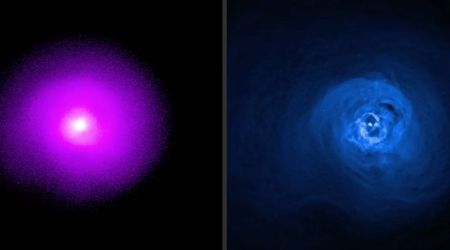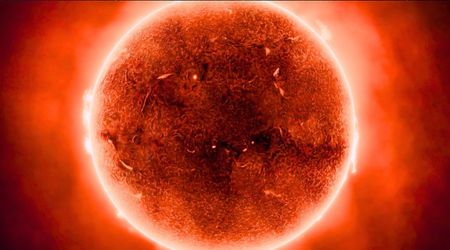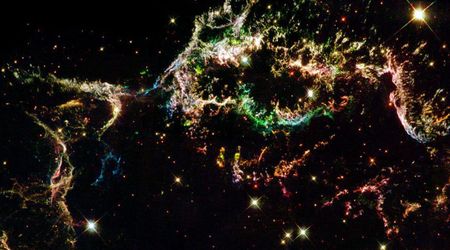Cruz proposes $10 billion boost to NASA programs cut in White House budget, including Artemis and ISS projects

NASA might find a ray of hope with the new budget reconciliation bill proposed by Senator Ted Cruz, the chairman of the Senate Commerce Committee. The bill pushes for an exponential $10 billion addition to NASA's budget that could revamp its human spaceflight and exploration programs, as per SpaceNews. The senator released a package of “legislative directives” he wanted to include in the Senate version of a budget reconciliation bill. This contained details on new spending, revocation of existing spending, and certain tax cuts.

The package contained a clause that provided an additional $9.995 billion to NASA for the current fiscal year. These funds would be at NASA’s disposal to spend through fiscal year 2032. A huge portion of the budget would save the Artemis mission from the worries of the White House's initial budget. The package allotted $4.1 billion to the production of Space Launch System rockets for the Artemis 4 and 5 missions. NASA’s budget proposal for the fiscal year 2026 plans to cease SLS development, the Artemis 3, and the Orion spacecraft.

A $2.6 billion has been earmarked to completely fund the International Gateway lunar space station. It includes $20 million for a fourth Orion crew spacecraft that will be significant to the Artemis missions. An allotment of $250 million would ensure the operations of the International Space Station (ISS) continued uninterrupted. A $325 million is also set aside for the U.S. Deorbit Vehicle to deorbit the ISS when its time, showing the significance of the vital research being done on the ISS.

A $700 million budget is to fund the development of a Mars Telecommunications Orbiter, to operate as a communications relay at Mars, though the Mars Sample Return will be nullified. “This orbiter is dual-use for both a Mars Sample Return mission, to return core samples of Mars to Earth, and future manned Mars missions,” a summary along with the bill stated, as per the outlet. The proposal also earmarked $1 billion for improvements to NASA’s Kennedy, Johnson, Marshall and Stennis centers and the Michoud Assembly Facility.
The Senate Commerce Committee reconciliation language has nearly $10 billion in extra funding for NASA. (The House-passed bill had nothing.) It includes money for ISS, Orion, Artemis, infrastructure, plus Moon to Mars program. pic.twitter.com/h2kcOpDr43
— Jamie Dupree (@jamiedupree) June 5, 2025
This would largely be focused on the “manned spaceflight centers and on the infrastructure needed to beat China to Mars and the Moon,” according to the summary. This highlight was to differentiate NASA’s backlog of more than $5 billion for repairs and infrastructure refinement. Apart from the NASA allotments, the proposal considered funding for Coast Guard projects, air traffic control improvements, climate change, and environmental projects. The bill also directed the Federal Aviation Administration to charge license fees for commercial space launch and reentry licenses.
$ASTS / $RKLB
— Space Investor (@SpaceInvestor_D) June 6, 2025
Senate just dropped a $10B boost for NASA human spaceflight, and hidden in it are tailwinds for commercial space.
Cruz’s proposal includes:
– $2.6B for Gateway
– $700M for Mars Telecom Orbiter
– $325M for U.S. Deorbit Vehicle
– $1B for upgrades at NASA centers
–… pic.twitter.com/Cn9t7sx75p
“Senate Republicans are fixing the aging air traffic control system, rebuilding the Coast Guard to secure our maritime border against deadly drugs and illegal immigration, ensuring the U.S. – not China – gets to Mars and gets back to the Moon first,” Cruz added in his statement. Though it was not known if these budgets would make it to the final bill, the proposal was appreciated and supported. The Aerospace Industries Association (AIA) and the Coalition for Deep Space Exploration voiced their support for the bill proposal and highlighted its consideration of space leadership.









